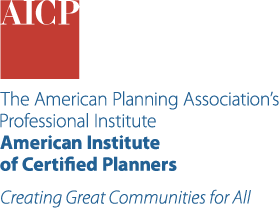Answering Questions in Transportation Planning with Activity-Based Models
For only $180, get a full year of unrestricted access to APA's extensive learning library. Kickstart your journey by subscribing to Passport, then take the next step by enrolling in the courses that pique your interest.
Certification Maintenance
Course Details
Transportation modeling has traditionally focused on questions of supply and demand for vehicle transportation infrastructure, leaving a legacy of community questions. However, modern activity-based models have a high potential to focus on new questions of transportation justice, mode shift opportunities, and much more. In transportation planning, equitable investment is crucial to ensure that all communities benefit from investments in transportation.
Delve into the application of Activity-Based Models (ABMs) to support equitable prioritization in transportation investments. Explore how ABMs, enriched with detailed, disaggregated trip data, can generate critical insights into who uses specific infrastructure and how it impacts their daily lives. Highlighted case studies include the impact of bridge conditions on low-income populations, the use of ABMs to advocate for equitable resource allocation, and the evaluation of active trip potential and modal shift potential in various locations across the United States. Leave with an understanding of how ABM insights can back decisions related to sustainable and just transportation decision-making.
Learning Outcomes
- Understand what Activity-Based Models (ABMs) are and the major differences between four-step models and ABMs.
- Understand how to apply ABMs to prioritize transportation investments that benefit underserved communities.
- Learn how to use disaggregated trip data for equitable planning, thereby ensuring that investments address the needs of vulnerable populations.


